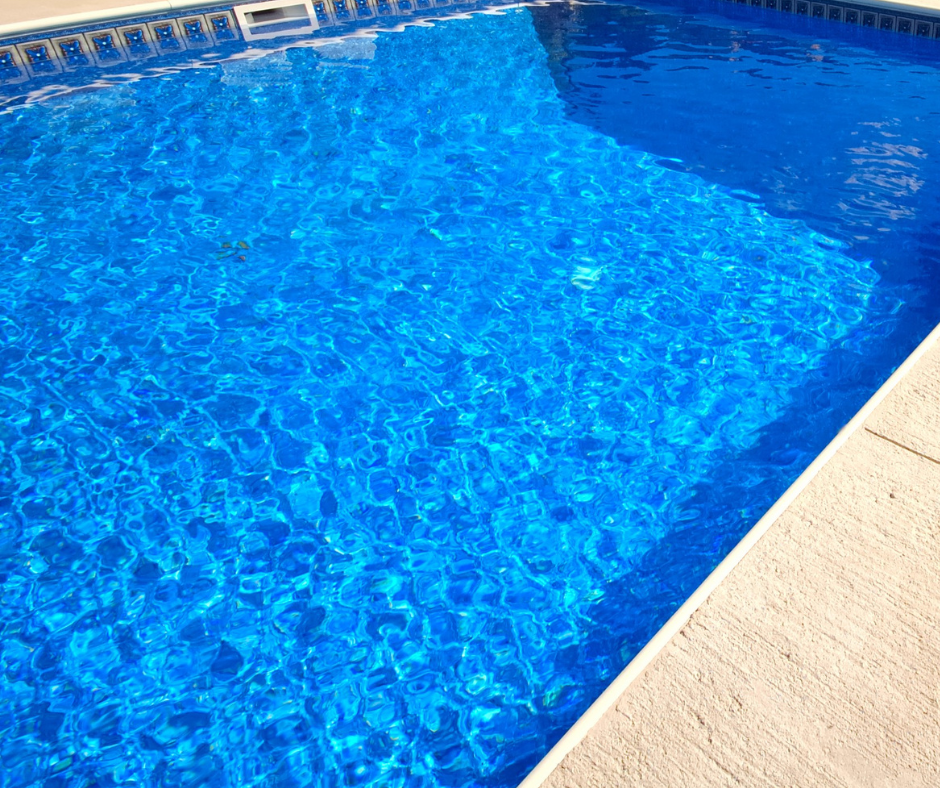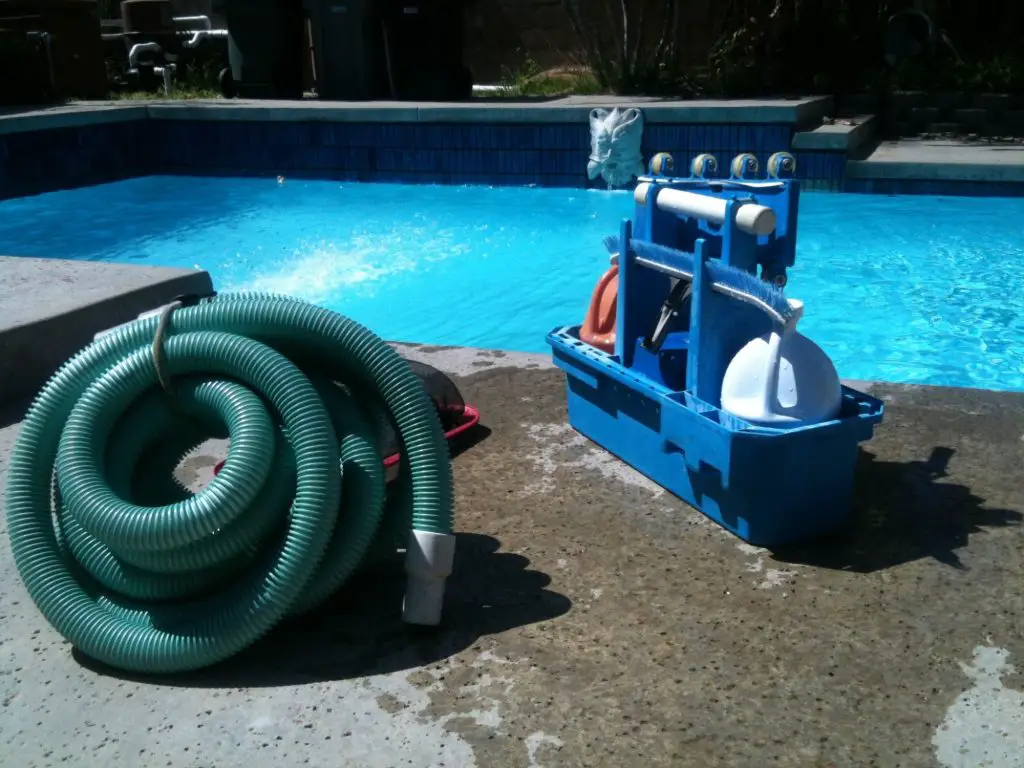Pool maintenance is an essential aspect of keeping your pool clean and safe for swimming. One important component of pool maintenance is the pool filter, which helps to remove debris and impurities from the water. Pool filters that use sand as a filtration medium are popular due to their effectiveness and relatively low maintenance requirements. However, it’s important to know when to change the sand in your pool filter to ensure optimal performance. In this article, we will discuss how often sand should be changed in a pool filter and the factors that can influence this decision.
Understanding the Role of Sand in a Pool Filter
Before delving into the frequency of sand replacement, it’s crucial to understand the function of sand in a pool filter. The sand in a pool filter acts as a medium for trapping and removing impurities from the water as it passes through the filter. Over time, the sand can become clogged with debris and lose its effectiveness, necessitating a replacement. Regular backwashing can help to prolong the life of the sand, but eventually, it will need to be replaced to maintain efficient filtration.
Factors Influencing Sand Replacement Frequency
The frequency of sand replacement in a pool filter can vary based on several factors. These factors include the size of the pool, the frequency of pool usage, the presence of trees or plants near the pool, and the overall water quality. Pools located in areas with high levels of dust, pollen, or other airborne debris may require more frequent sand changes compared to pools in cleaner environments.

Credit: www.poolsoffun.com
Recommended Frequency for Sand Replacement
While there is no one-size-fits-all answer to how often sand should be changed in a pool filter, a general guideline is to replace the sand every 5-7 years. This timeframe allows for the gradual accumulation of debris and impurities in the sand, ensuring that the filter continues to operate effectively. However, it’s important to monitor the condition of the sand and assess the filtration performance regularly to determine if an earlier replacement is necessary.
Signs That Indicate the Need for Sand Replacement
There are certain signs that can indicate the need for sand replacement in a pool filter. These include decreased water clarity, reduced water flow, and an increase in the frequency of backwashing. If you notice any of these signs, it’s recommended to inspect the sand in the filter and consider replacing it if necessary. Regular maintenance and inspection can help to identify these issues before they affect the overall cleanliness and safety of the pool water.
Importance of Proper Maintenance
Proper maintenance of the pool filter, including regular backwashing and monitoring of filtration performance, is essential for extending the life of the sand and ensuring efficient operation. Neglecting maintenance can lead to premature clogging of the sand and a decrease in filtration effectiveness, potentially resulting in the need for more frequent sand replacements. By following a consistent maintenance routine, pool owners can maximize the lifespan of the sand and maintain clean, clear pool water.

Credit: www.swimmingpoolsteve.com
Conclusion
In conclusion, the frequency of sand replacement in a pool filter depends on various factors, including pool size, usage, and environmental conditions. While a general guideline suggests replacing the sand every 5-7 years, it’s important to monitor the condition of the sand and the filtration performance regularly. By staying proactive with maintenance and addressing signs of reduced effectiveness, pool owners can ensure that their pool filters continue to operate at peak performance, providing clean and safe swimming water for years to come.




